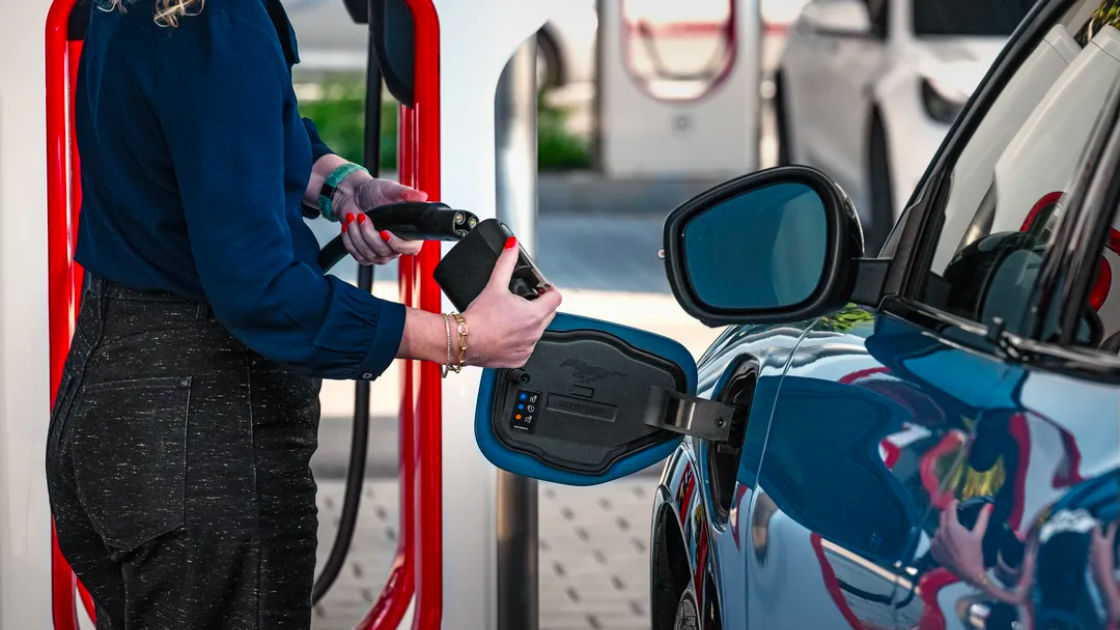Stay connected with what’s happening in the world of tech! From live video on X to new SDs and more, we have you covered with the latest. Read on for what’s happening from across the World Wide Web!
Apple Expands Self-Repair Program to Include M3-Powered Macs

Apple has broadened its Self-Service Repair program to now include MacBook Pro and iMac models equipped with the M3 processor, enabling owners of these latest devices to access necessary tools, parts, and manuals for repairs directly from Apple. The program will also introduce a remote diagnostic tool for M3 Macs, initially rolled out for M2 Macs and the iPhone 15, to test and ensure device parts function optimally and identify needed repairs. Additionally, Apple is simplifying the System Configuration process for all Mac models to eliminate the need for contacting support to validate repairs, a move aimed at enhancing user convenience. This expansion and the introduction of new services, slated for next month in regions with access to the Self-Service Repair program, reflect Apple’s ongoing commitment to user repairability, despite recent controversies over its opposition to certain right-to-repair legislation.
Ford Provides Free Tesla Supercharger Adapters to EV Owners Through July

Beginning today, Ford electric vehicle owners have the opportunity to obtain a complimentary adapter, facilitating access to Tesla’s extensive Supercharger network. This initiative marks Ford as the pioneer among automakers to distribute these adapters, following its decision to embrace Tesla’s North American Charging Standard (NACS) for its future EVs—a move that has influenced a broader industry trend towards Tesla’s charging system. The adapter, developed by Tesla, bridges Ford’s EVs with Combined Charging System (CCS 1) outlets to Tesla’s Superchargers, a device that normally costs $230. Ford is offering this adapter free of charge until July 1st, after which it will be available for purchase at its regular price. Ford EV owners can reserve their adapter via the FordPass smartphone app, signaling a significant step towards enhancing EV charging accessibility and convenience.
X Introduces Live Video Feature in Spaces, Opts Not to Revive Periscope

X, previously known as Twitter, has enhanced its live audio feature, Spaces. The app introduced the capability for hosts to share live video during chat sessions. This update allows hosts to choose between their device’s front or back camera and select their preferred orientation. Currently, this video feature is exclusive to the iOS version of the X app, with no immediate availability on Android or web platforms. Unlike the defunct Periscope, which allowed hosts to invite guests to live broadcasts, the video in Spaces is presently limited to hosts. Likewise, this creates a visual focus on the host within the session. This development seems to diverge from Elon Musk’s earlier hints at a more interactive videoconferencing-like feature. This is in contrast to a more broadcast-centered experience reminiscent of platforms like Twitch.
Substack Introduces Direct Messaging Feature on Its Platform

Substack has introduced a direct messaging feature, allowing writers and readers to engage in private one-on-one conversations. Likewise, this is akin to the DM functionalities of social networks like X and Instagram. Notifications for received messages are sent via the app or email. Communication is primarily between connected users, with messages from others directed to a “Requests” folder for approval. Creators also have the option to restrict message requests to their paid or founding members. This enhancement is part of Substack’s ongoing efforts to evolve beyond a newsletter platform.
Samsung’s Latest MicroSD Cards Enhance On-Device AI Capabilities

Samsung’s introduction of new, high-speed microSD cards is set to facilitate the advancement of on-device AI. Likewise, this would make it possible for users to engage with more complex AI-driven applications directly on their devices. The company has commenced the sampling of a 256GB SD Express microSD card, promising unprecedented read speeds. This development aims to expand the potential for mobile devices to handle data-intensive AI tasks, such as speech recognition and real-time translation. Additionally, the introduction of dynamic thermal guard technology in these cards ensures they operate within optimal temperature ranges. This move by Samsung highlights the growing trend towards enhancing mobile devices’ AI processing capabilities. Of course, the development paves the way for the next generation of “AI phones.”
